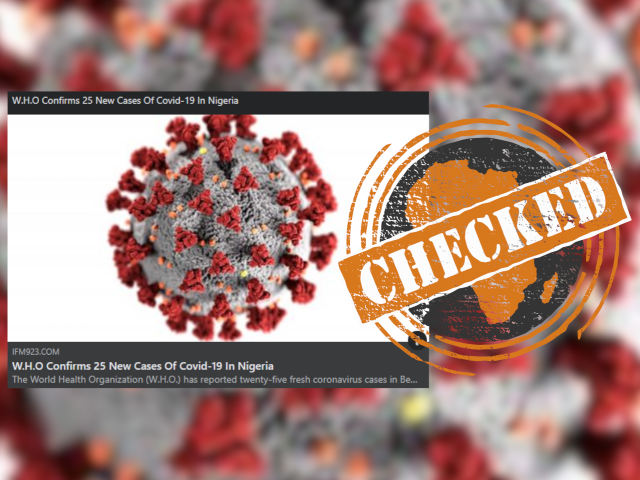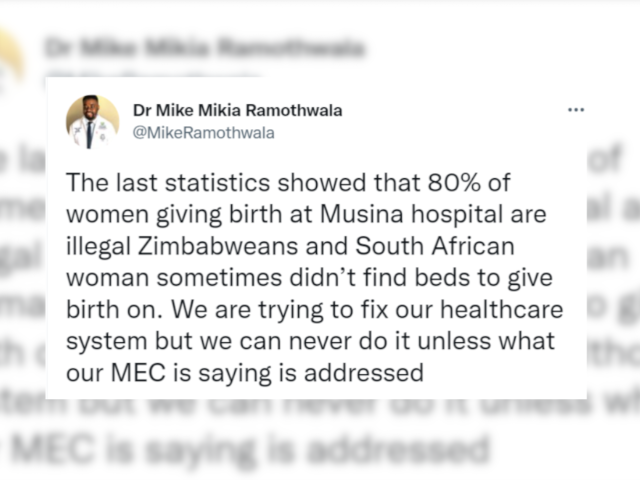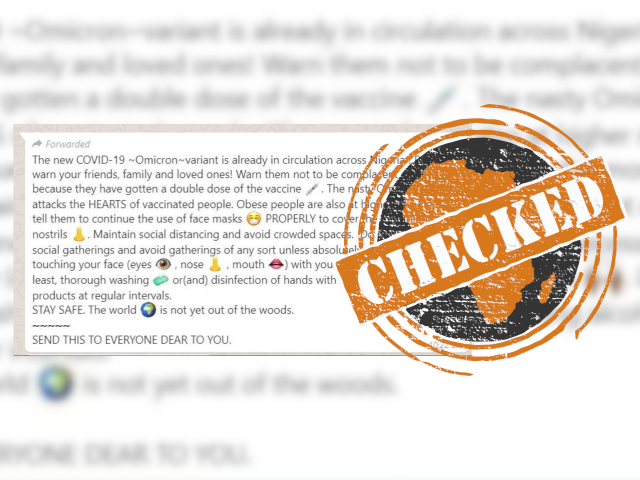This article is more than 7 years old
Reports about the International AIDS 2016 conference in Durban were dominated by Oscar winner Charlize Theron’s impassioned plea for a renewed response to the disease and the energised demand for sanitary pads by young protesters who interrupted South African health minister Aaron Motsoaledi’s speech.
It will probably not be remembered for United Nations secretary-general Ban Ki-moon’s “off the cuff” remarks. Yet in his speech, the UN secretary-general made a number of critical assessments of where we are in the fight against AIDS - and what remains to be achieved.
We scrutinised a few of his key claims.
Data from the World Health Organisation (WHO), a UN body, shows that in the year 2000 there were 773,257 people around the world receiving antiretroviral treatment. In 2015, the reported number of people on treatment increased to 17,023,200. This is roughly 22 times the figure from 2000.
Looking at the WHO data again, the total number of people living with HIV in 2015 was approximately 36.7 million. Given that 17,023,200 were on treatment, it leaves the number of people without treatment at 19,676,800 - or close to the 20 million Ban Ki-moon said.
But what did he mean by “13 million still do not get the care they deserve”?
The director of communications and global advocacy at UNAIDS, Annemarie Hou, said this figure comes from one of the UN’s 10 Fast Track Commitments to ending AIDS. According to this, UNAIDS aims to provide treatment to 30 million people living with HIV by 2020. At the end of 2015, 17 million people were on treatment, leaving a gap of 13 million.
Babies born with HIV get it from their mothers during pregnancy or birth. To prevent this, HIV+ mothers need to be on antiretroviral therapy.
WHO data shows that in 2015 an estimated 1,440,000 pregnant women were living with HIV around the world, with 1,060,000 receiving antiretroviral therapy - leaving 380,000 women without any treatment. It is likely that their children would be born with HIV.
Cuba, Thailand, Belarus, Armenia and Moldova have completely prevented HIV being passed from mother to child, a process called “elimination of mother to child transmission” (EMTCT). Cuba achieved this last year while the other four countries did so by last month.
To achieve elimination of mother to child transmission a country has to reach “impact” and “process” targets.
The process targets require that antenatal care cover at least 95% of all pregnant mothers; that at least 95% of pregnant mothers be tested for HIV and that antiretroviral treatment cover at least 90% of all HIV+ pregnant women. Countries that have eliminated HIV transmission from mother to child have met their process targets for two years.
The impact targets measure the health outcomes of babies born to HIV+ mothers. For a country to be validated as having eliminated HIV, less than 50 new HIV infections may be recorded per 100,000 live births for at least a year. Additionally, less than 5% of HIV+ mothers who breastfeed their babies should pass on HIV to their children. This number should be less than 2% in mothers who don’t breastfeed their children.
Additional reading
Fact-checking the 21st International AIDS Conference
A roundup of fake AIDS ‘cures’: Angel Zapper, Garani MW1, Topvein, SF 2000
COMMENT: Why medicine frauds just keep appearing
Are 74% of African girls aged 15 to 24 HIV+? Not even close
Yes, SA girls aged 15 to 19 are up to 8 times more likely to be HIV+ than boys
Does a girl halve her HIV risk for each extra year she stays in high school?
It will probably not be remembered for United Nations secretary-general Ban Ki-moon’s “off the cuff” remarks. Yet in his speech, the UN secretary-general made a number of critical assessments of where we are in the fight against AIDS - and what remains to be achieved.
We scrutinised a few of his key claims.
Data from the World Health Organisation (WHO), a UN body, shows that in the year 2000 there were 773,257 people around the world receiving antiretroviral treatment. In 2015, the reported number of people on treatment increased to 17,023,200. This is roughly 22 times the figure from 2000.
Looking at the WHO data again, the total number of people living with HIV in 2015 was approximately 36.7 million. Given that 17,023,200 were on treatment, it leaves the number of people without treatment at 19,676,800 - or close to the 20 million Ban Ki-moon said.
But what did he mean by “13 million still do not get the care they deserve”?
The director of communications and global advocacy at UNAIDS, Annemarie Hou, said this figure comes from one of the UN’s 10 Fast Track Commitments to ending AIDS. According to this, UNAIDS aims to provide treatment to 30 million people living with HIV by 2020. At the end of 2015, 17 million people were on treatment, leaving a gap of 13 million.
Babies born with HIV get it from their mothers during pregnancy or birth. To prevent this, HIV+ mothers need to be on antiretroviral therapy.
WHO data shows that in 2015 an estimated 1,440,000 pregnant women were living with HIV around the world, with 1,060,000 receiving antiretroviral therapy - leaving 380,000 women without any treatment. It is likely that their children would be born with HIV.
Cuba, Thailand, Belarus, Armenia and Moldova have completely prevented HIV being passed from mother to child, a process called “elimination of mother to child transmission” (EMTCT). Cuba achieved this last year while the other four countries did so by last month.
To achieve elimination of mother to child transmission a country has to reach “impact” and “process” targets.
The process targets require that antenatal care cover at least 95% of all pregnant mothers; that at least 95% of pregnant mothers be tested for HIV and that antiretroviral treatment cover at least 90% of all HIV+ pregnant women. Countries that have eliminated HIV transmission from mother to child have met their process targets for two years.
The impact targets measure the health outcomes of babies born to HIV+ mothers. For a country to be validated as having eliminated HIV, less than 50 new HIV infections may be recorded per 100,000 live births for at least a year. Additionally, less than 5% of HIV+ mothers who breastfeed their babies should pass on HIV to their children. This number should be less than 2% in mothers who don’t breastfeed their children.
Additional reading
Fact-checking the 21st International AIDS Conference
A roundup of fake AIDS ‘cures’: Angel Zapper, Garani MW1, Topvein, SF 2000
COMMENT: Why medicine frauds just keep appearing
Are 74% of African girls aged 15 to 24 HIV+? Not even close
Yes, SA girls aged 15 to 19 are up to 8 times more likely to be HIV+ than boys
Does a girl halve her HIV risk for each extra year she stays in high school?





Add new comment